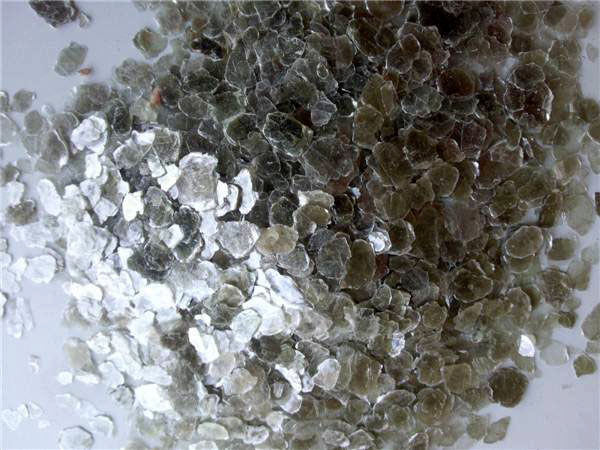
wet fly ash
The Importance of Wet Fly Ash in Modern Construction
In recent years, the construction industry has been increasingly turning to sustainable practices for both environmental and economic reasons. One such innovation is the use of wet fly ash, a byproduct of coal combustion that has emerged as a valuable material in various construction applications. This article explores the significance of wet fly ash, its properties, benefits, and its role in promoting sustainable building practices.
What is Wet Fly Ash?
Fly ash is a fine powder produced by the combustion of pulverized coal in power plants. It is collected from the flue gases and can exist in two states dry and wet. Wet fly ash refers to the material that is collected in a moist state, often retained in slurry before being dewatered or dried for various applications. This material is rich in silica, alumina, and iron and can significantly enhance the properties of concrete when used as a partial replacement for cement.
Properties of Wet Fly Ash
The chemical composition of wet fly ash varies based on the type of coal burned, the combustion process, and the collection method. Its pozzolanic nature, which allows it to react with calcium hydroxide in the presence of water to form compounds that contribute to strength, make it an attractive additive for concrete. Additionally, wet fly ash has a fine particle size and rounded shape, which improves the workability of concrete and reduces the water-cement ratio, leading to denser and stronger structures.
Benefits of Using Wet Fly Ash
1. Sustainability The utilization of wet fly ash reduces the environmental impact associated with traditional cement production, which is a significant source of CO2 emissions. By replacing a portion of cement with fly ash, builders can decrease their carbon footprint and contribute to a circular economy.
wet fly ash

2. Cost-Effectiveness Fly ash is often less expensive than traditional cement, thus ensuring cost savings in material costs. This economic advantage is especially beneficial for large-scale constructions where materials consumption is significant.
3. Enhanced Concrete Properties Incorporating wet fly ash into concrete mix designs has been shown to improve workability, reduce permeability, and enhance durability. Structures that use fly ash in their concrete mix are often more resistant to sulfates and alkalis, leading to increased longevity and reduced maintenance costs.
4. Waste Utilization The use of wet fly ash provides a solution for the disposal of a byproduct that, if left untreated, can pose environmental hazards. By reprocessing this byproduct into usable materials, the construction industry can reduce landfill waste while tapping into a valuable resource.
Applications of Wet Fly Ash in Construction
Wet fly ash can be applied in various construction scenarios, including
- Concrete Production The most common application, where it is used as a partial replacement for Portland cement in concrete mixtures. - Road Construction Incorporating wet fly ash in asphalt mixtures enhances the strength and durability of the surface. - Geotechnical Engineering Fly ash can be used in embankments, lightweight fill, and soil stabilization applications. - Cement Manufacturing Wet fly ash can be processed into blended cements, further diversifying its usage.
Conclusion
The integration of wet fly ash into modern construction practices reflects a growing commitment to sustainability and innovation. As the industry strives to reduce its environmental footprint, the advantages offered by wet fly ash, such as cost savings, enhanced material properties, and waste reduction, are indispensable. With ongoing research and development, wet fly ash is likely to play an increasingly vital role in the future of construction, paving the way for greener and more durable structures. Embracing materials like wet fly ash not only benefits the environment but also sets a precedent for a transformative future in building practices.
Share
-
Premium Pigment Supplier Custom Solutions & Bulk OrdersNewsMay.30,2025
-
Top China Slag Fly Ash Manufacturer OEM Factory SolutionsNewsMay.30,2025
-
Natural Lava Rock & Pumice for Landscaping Durable Volcanic SolutionsNewsMay.30,2025
-
Custom Micro Silica Fume Powder Manufacturers High-Purity SolutionsNewsMay.29,2025
-
Custom Mica Powder Pigment Manufacturers Vibrant Colors & Bulk OrdersNewsMay.29,2025
-
Custom Micro Silica Fume Powder Manufacturers Premium QualityNewsMay.29,2025






